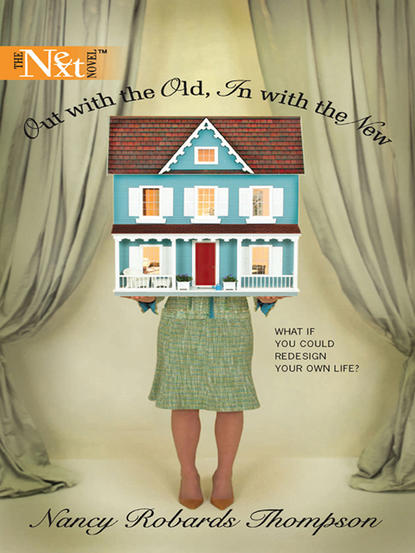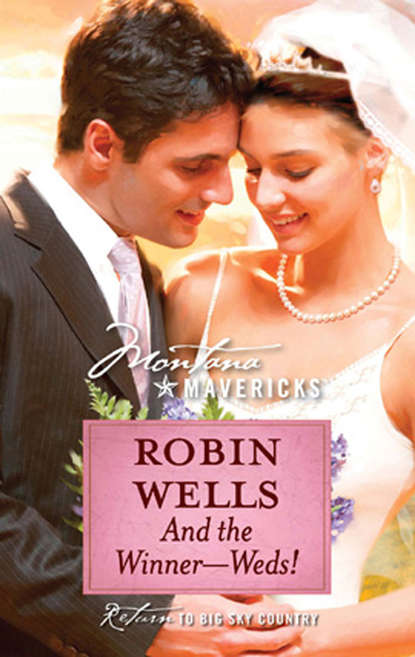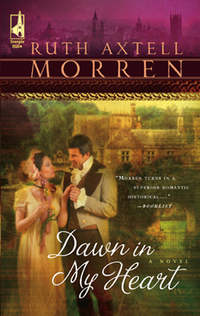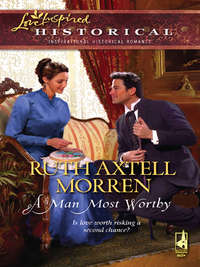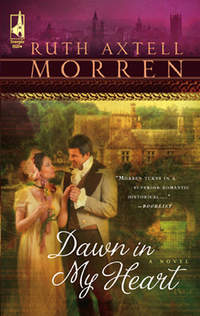
Полная версия
The Healing Season
Chapter Six
Ian walked into the operating theater at St. Thomas’s promptly at ten o’clock the next morning. The semicircular, amphitheater-style viewing area known as the “standings” was already crammed. Students, fellow surgeons, interns, some physicians and apothecaries stood leaning against the wooden railings on each of the five tiers rising from the operating floor.
The front row was reserved for the dressers of the other surgeons. His own, as well as his apprentices, already stood around the operating table, a plain, stout deal table half-covered in a sheet of oilcloth.
He glanced at its end. Good, no outside visitors today. Usually these special guests of his colleagues sat in chairs at one end of the operating table, but today they stood empty.
The hum of voices diminished only somewhat as he walked to the wooden pegs by the entrance. He removed his coat and rolled up his sleeves. Then he donned the coat hanging by the door. It was stiff with dried blood. He turned up its collar to protect his neck cloth. Over the coat he tied on a grocer’s bib and apron, then proceeded to wash his hands in the basin. Most surgeons laughed at this last step, but Ian’s fastidious nature demanded this measure both before and after surgery.
Ian walked to the table for his inspection. Sunlight streamed in from the skylight above, giving good natural light for the operation.
“Good morning, gentlemen,” he greeted his assistants.
“Good morning, Mr. Russell,” they replied, standing at attention.
The wooden box beneath the table had been filled with fresh sawdust. The tables beside the operating table were covered with green baize cloth and the instruments neatly laid out. Ligatures of various sizes; tourniquet and tape; knives and saws; tenacula, scissors, needles, and pins; rolls of lint and bandages.
On another table were basins of water, pledgets and sponges.
“Very good,” he told his assistants. For months after he’d arrived, he’d had to fight for adequate instruments and hygiene. After observing the conditions of La Charité, and the high standards of cleanliness maintained by the sisters who looked after the patients in the wards, he’d striven to institute such standards here, but it had been a steady uphill battle.
The patient was brought in and told to sit on the wooden table. Ian shook his left hand, the other lying in his lap inert.
“Good morning, Mr. Halliday. Are you ready?” At least the man looked strong and healthy. There was a good chance he would survive.
“Guess I’m ready as I’ll ever be. Make it quick, Doc.”
“It’ll be over in a few minutes.”
As Ian moved to his instrument tray, his assistant gave the patient the “physician’s stick” to bite on.
As soon as his assistants were ready, one supporting the man’s back and tying his good arm behind him, the other holding his thighs, Ian said a short, silent prayer and turned to his instrument table.
Another assistant drew up the skin of the man’s upper arm tightly and tied a tourniquet around it. A dresser bound a tape below this. Taking up a knife, Ian made a quick, clean incision, ignoring the patient’s sudden cry and involuntary jerk backward. The assistants held him firm. Ian took up one of the heavy, square-edged saws and bore down hard, sawing through the bone and sinew. Blood spurted out, spattering his apron, falling into the sawdust.
Ian took the needle and catgut held out to him by the dresser and secured the artery and some of the other vessels together.
His assistant loosened the tourniquet and the dresser cleaned the stump with one of the sponges. Ian drew the flaps of skin down over the stump and covered them with the lint. The dresser wrapped a damp pledget over this and then bound the stump with bandages.
It was over quickly, as Ian had promised the man. As those in the amphitheater shouted and applauded, two of Ian’s assistants carried the patient out of the theater and into an awaiting bed, where they would give him a draft to quiet him and take turns keeping the arm raised to prevent the ligatures being pulled off with the pressure.
Ian turned to wash his hands and oversee the washing of his instruments. The next operation involved a lithotomy, or removing a bladder stone.
The patient was a man in his seventies. He’d been given quite a quantity of barley water to drink to inflate his bladder. He was trembling with fear and Ian did the best to assure him the entire procedure would take under half a minute.
Ian finished his rounds at St. Thomas’s. Thursdays were grueling, beginning with surgery in the operating theater, followed by checking on patients in the eight different wards.
He removed his soiled jacket and put on a clean one he kept on a hook in one of the lecture halls. Tomorrow would be his weekly anatomy lecture, followed by dissecting and pathology as they cut open and analyzed the cadavers of those patients who had died the night before.
There had been much resistance to dissecting the bodies of deceased patients, but now they were gradually following the French model begun under the great Corvisart. Hypotheses based on unfounded theories of the four different humors of the bodies were no longer acceptable, but only those findings based upon detailed observation and repeated experimentation.
Whatever else the French Revolution and the Napoleonic empire had wrought, one positive development had been the reorganization and formation of the medical schools and teaching hospitals in France. The two years Ian had spent in the city after the allies had entered Paris until the final defeat of Napoleon at Waterloo had been among the most illuminating of his career. He’d seen the success rate in the large, airy wards of La Charité, where he’d followed the French physicians with their coterie of students going from the patients’ wards to the dissecting rooms. They rigorously compared the symptoms of the sick with the condition of their organs after death.
Since his return to England, Ian had tried to acquaint his colleagues with all he’d learned both through surgery on the battlefield and at the great Parisian hospitals. But change was resisted by the very boards—the Royal College of Physicians and the Royal College of Surgeons—whose purpose it was to maintain the highest standards among the medical community.
Конец ознакомительного фрагмента.
Текст предоставлен ООО «ЛитРес».
Прочитайте эту книгу целиком, купив полную легальную версию на ЛитРес.
Безопасно оплатить книгу можно банковской картой Visa, MasterCard, Maestro, со счета мобильного телефона, с платежного терминала, в салоне МТС или Связной, через PayPal, WebMoney, Яндекс.Деньги, QIWI Кошелек, бонусными картами или другим удобным Вам способом.


